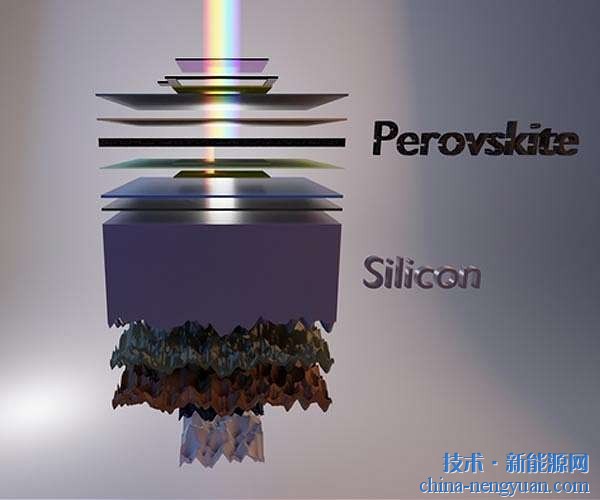 |
Enhancing the structural assembly of carbon nanotubes through multiple approaches to create a three-dimensional network significantly boosts the thermal conductivity of carbon nanotube composites.
Carbon nanotubes (CNTs) are known for their exceptional axial thermal conductivity, making them promising candidates for use in high-power electronic cooling systems. However, their small size and tendency to agglomerate lead to significant interfacial resistance between the CNTs and the matrix material, limiting their overall performance. As a result, the thermal conductivity of current CNT-based composites falls short of expectations.
A research team led by Li Qingwen from the Advanced Materials Department at the Suzhou Institute of Nanotechnology and Nanobionics, Chinese Academy of Sciences, has been exploring ways to improve the performance of CNTs. By using macro-sized CNT powder as a base, they functionalized the CNTs with different chemical groups and combined them with commercial thermal grease. Their study focused on how these functionalizations affect the dispersion and infiltration of CNTs into the grease. The results showed that carboxylated CNTs, which carry a negative charge, can be well dispersed in high concentrations within the grease, forming an efficient three-dimensional network that reduces thermal resistance.
Building on this, the team developed a flexible carbon nanotube paper with an ideal three-dimensional structure. By controlling the length, diameter, and thermal resistance of the CNTs, they achieved a material that outperforms both thermal grease and commercial graphite sheets in terms of heat transfer efficiency. It is also self-supporting and non-contaminating, making it suitable for use as a thermal interface material in electronic devices.
Despite its advantages, the pure CNT network still has low density and high overlap, resulting in lower thermal and electrical conductivity than desired. To address this, the researchers introduced copper nanowires into the CNT paper. This hybrid structure created an interpenetrating three-dimensional network that achieved a thermal conductivity of up to 10 W/(m·K) and an electrical conductivity exceeding 10ⵠS/m. This improvement makes the material more viable for applications in microelectronics and thermal interface systems.
The findings of this research have been published in several reputable journals, including the Journal of Physical Chemistry C (2012, 116, 3903–3909), Carbon (DOI: 10.1016/j.carbon.2013.05.030), Applied Surface Science (doi: 10.1016/j.apsusc.2013.06.139), and Materials Sciences and Applications (accepted). The work was supported by various funding programs, including the National Natural Science Foundation of China (Nos. 21203238, 10834004), the Ministry of Science and Technology's 973 Program (No. 2010CB934700), the Jiangsu Provincial Industry-University-Research Collaboration Project (No. BY2011178), and the Jiangsu Provincial International Cooperation Project (No. BZ2011049).
Boiler Feed Pump
Boiler Feed Pump,High Pressure Boiler Feed Pump,Boiler Feed Power Pump,Vertical Boiler Feed Pump
Shenyang pump products sales co., LTD , https://www.syipsc.com